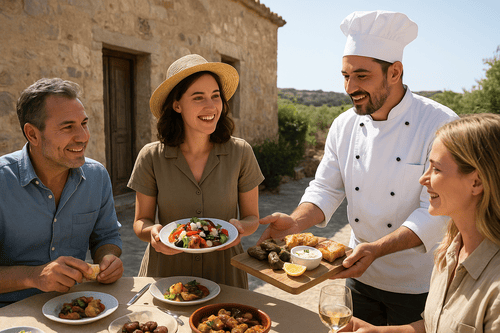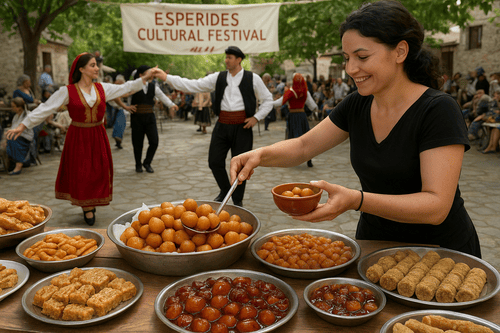Introduction
Culinary experiences allow travelers to connect with culture through taste, tradition, and shared stories. Therefore, food tours have become a must for those seeking authentic adventures. These journeys merge local flavors with history, offering memories that last a lifetime. Moreover, they help visitors engage deeply with communities while tasting regional specialties.
The Essence of Gastronomic Adventures
Culinary experiences reveal the heritage, traditions, and lifestyle of a destination. Consequently, they provide a unique perspective on travel that goes beyond sightseeing. Each tour may include cooking demonstrations, market visits, or wine tastings. Furthermore, these experiences foster cultural appreciation while creating bonds between guests and hosts.
Why Culinary Experiences Are Growing in Popularity
As travelers search for authenticity, culinary experiences answer that need perfectly. They guide visitors to hidden eateries, family-run kitchens, and time-honored recipes. Additionally, expert guides share fascinating history behind dishes and ingredients. Therefore, each bite transforms into a lesson in culture, geography, and human connection.
Types of Culinary Experiences Around the World
Street food tours immerse guests in vibrant local life at affordable prices. Meanwhile, gourmet dining experiences introduce refined flavors and wine pairings. Farm-to-table culinary experiences highlight sustainability and fresh seasonal produce. Likewise, hands-on cooking classes allow travelers to recreate authentic recipes at home.
Choosing the Perfect Gastronomic Experience
Research your destination’s food culture before booking any culinary experience. Then, select the style that matches your interests and tastes. Moreover, read reviews to ensure knowledgeable guides and authentic encounters. Consequently, you’ll enjoy a rewarding journey filled with flavors and cultural depth.
Making the Most of Culinary Experiences
Arrive with curiosity and be open to trying new flavors. Additionally, ask questions to learn about traditions, ingredients, and preparation methods. Capture moments with photos, but focus on connecting with people and tastes. Finally, share your experiences to inspire other travelers to explore through food.
Conclusion
Gastronomic experiences are not just about eating—they are immersive cultural gateways. Therefore, they enrich travel with flavor, history, and connection. Through them, travelers savor the world’s diversity and return home with stories worth sharing.



